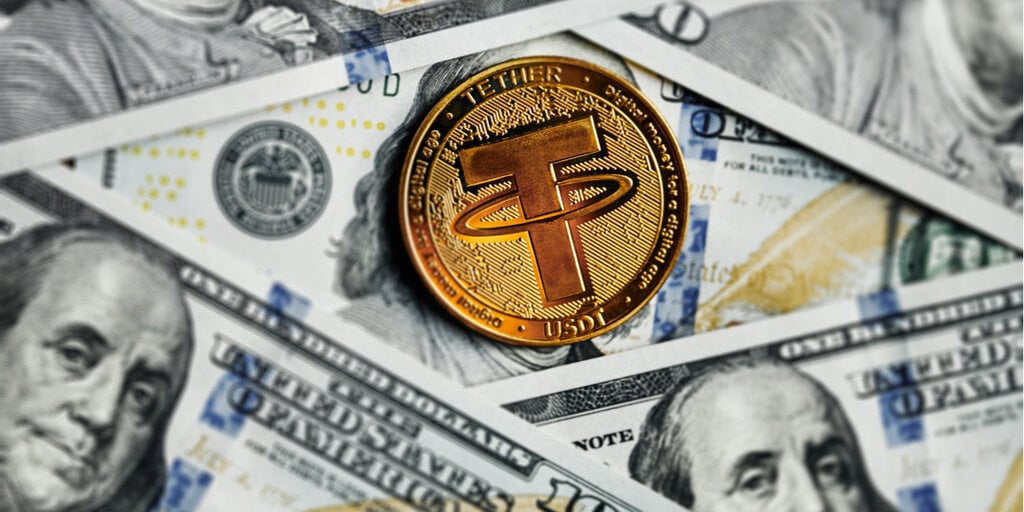The S&P 500, the most widely watched index by investors, executives, and government officials, climbed 20% from its lowest point in 2022, which some on Wall Street interpret as the beginning of a new bull market and a new wave of investment exuberance.
On Monday, the index fluctuated around this threshold, surpassing it more than once in morning trading. The index’s highs illustrate the stock market’s robust recovery since concerns over high inflation, increasing interest rates, and an impending recession steadily dragged the index down from its peak in early 2022. The S&P 500 went into a bear market, defined as a 20% or more decline from an index’s peak, in June of that year and continued to decline until reaching a low in October.
Investors use the terms “bull” and “bear” to indicate excitement or fear about the prospects for public companies. While investors agree on how to mark the start of a bear market, there is less consensus on how to define the start of a bull market, especially when the issues that initially brought down stocks are still around.
One rule of thumb is that a new bull market is confirmed when an index attains a new high after climbing from a low point in a bear market. By that measure, the S&P 500 is still more than 10% below its peak.
However, some investors believe that any increase of 20% or more in a broad-based index like the S&P 500 is a significant milestone, assessed at the end of the day’s trading. According to S&P Dow Jones Indices, which manages the S&P 500, more than $15 trillion in investment assets are benchmarked or indexed to it.
“We are not in terrible shape,” said James Masserio, co-head of equities for the Americas at Société Générale. “Certainly, there are recession risks, but we must see how they pan out over several months and into next year. So, technically, this is a bull market.”
Nevertheless, mathematically, a rise of 20% from a low point is less significant than a fall of 20% from a peak. Other investors prefer to evaluate a wider range of investor sentiment, economic growth, and market direction.
“If a stock goes from $10 to $5 and then rebounds to $6, it’s not in a new bull market,” according to Peter Boockvar, chief investment officer at Bleakley Financial Group. “However it is done, defining a bull or bear market should be done with a broad look at the market.”
The recent S&P 500 rally was led by a small group of technology stocks, fueled by optimism about the profit possibilities of Artificial Intelligence, particularly for those at the center of AI development, as well as those producing the hardware necessary to power it. Nvidia, a chip manufacturer, has become the symbol of this newfound AI optimism because its semiconductors are used in the technology. This year, the company has increased by almost 170%, gains that have pushed its valuation close to $1 trillion.
Market data up to Friday’s close revealed that the average individual stock in the S&P 500 only rose by less than 3% this year, compared to a gain of almost 12% for the whole index. Bumper gains for just seven of the biggest firms — Amazon, Apple, Microsoft, Meta, Nvidia, Tesla, and Alphabet, Google’s parent company – accounted for 90% of the index’s gains.
On Monday, Apple increased by 1.8%, propelling its year-to-date gain over 40% and setting a new high for the tech giant.
Furthermore, the S&P 500 only monitors the largest companies listed in the United States. Because larger firms generate a sizable portion of sales overseas, smaller companies are typically more susceptible to fluctuations in the U.S. economy.
The Russell 2000 index, which tracks smaller public companies, has seen more modest gains recently than its big-company counterpart. The index decreased by more than 30% from its November 2021 high to its June low. Since then, it has risen by around 9%. On Monday, the index decreased by about 1% due to weaker-than-expected data on the services sector.
In contrast, the Nasdaq Composite index, which is heavily weighted toward big tech companies, has surged by almost 30% this year alone. Despite this, it is still nearly 20% below its previous peak, which was hit in late 2021.
“I think the 20 percent rule has been an easy one for folks to follow,” said Sameer Samana, a senior global market strategist at Wells Fargo Investment Institute. “Unfortunately, some of these bear-market rallies are triggering that threshold, which we view as a false signal.”
Despite bumper returns in the stock market, many investors have not received them in their portfolio performance. That is because fund managers, concerned about a possible recession, primarily hold more cash and hedge their holdings against the risk of a steep decline, forsaking earnings for greater safety.
This year, just over 27% of funds tracked by Morningstar, using the S&P 500 as a benchmark, have outperformed the index, compared to almost 52% last year and an average of 40% since 2000.
According to data from the Commodity Futures Trading Commission, hedge funds and other leveraged investors have placed substantial bets on the S&P 500 falling.
“Everyone has been so defensive,” said Andrew Brenner, head of international fixed income at National Alliance Securities. “There is a lot of cash on the sidelines, and so this is actually quite painful for a lot of fund managers.”















